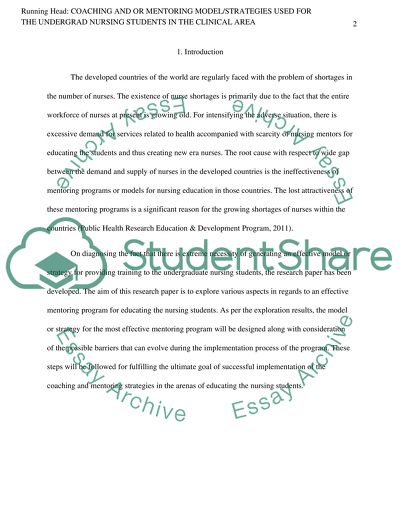Cite this document
(“Coaching and or Mentoring Model/Strategies used for the Undergrad Essay”, n.d.)
Retrieved de https://studentshare.org/nursing/1390724-coaching-and-or-mentoring-modelstrategies-used-for-the-undergrad-nursing-students-in-the-clinical-area
Retrieved de https://studentshare.org/nursing/1390724-coaching-and-or-mentoring-modelstrategies-used-for-the-undergrad-nursing-students-in-the-clinical-area
(Coaching and or Mentoring Model/Strategies Used for the Undergrad Essay)
https://studentshare.org/nursing/1390724-coaching-and-or-mentoring-modelstrategies-used-for-the-undergrad-nursing-students-in-the-clinical-area.
https://studentshare.org/nursing/1390724-coaching-and-or-mentoring-modelstrategies-used-for-the-undergrad-nursing-students-in-the-clinical-area.
“Coaching and or Mentoring Model/Strategies Used for the Undergrad Essay”, n.d. https://studentshare.org/nursing/1390724-coaching-and-or-mentoring-modelstrategies-used-for-the-undergrad-nursing-students-in-the-clinical-area.


